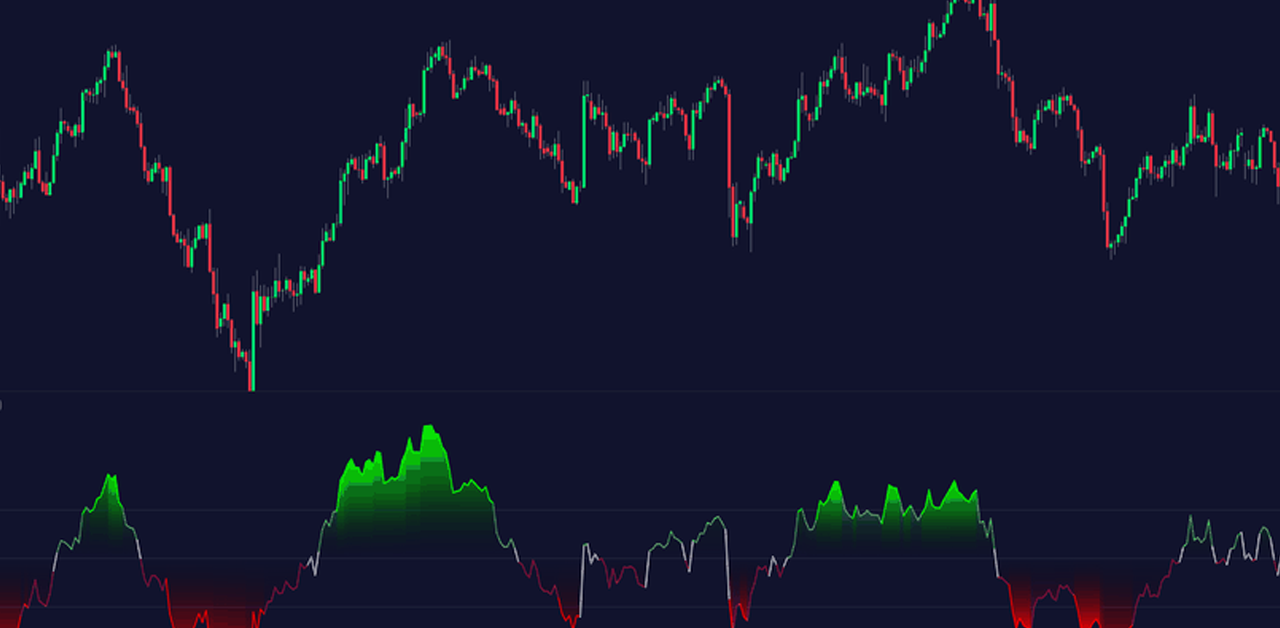Chinese Financial Institutions Maintain Key Lending Rate Unchanged for Fourth Consecutive Month
In a move that echoes the central bank’s decision, Chinese banking institutions have opted to keep their benchmark lending rates steady, fostering an environment ripe for potential monetary easing forecasted for the initial months of 2024. The persistence of these rates, including the critical five-year benchmark that serves as a cornerstone for mortgage rates, was observed on Wednesday. This decision aligns with the earlier stance of the People’s Bank of China (PBoC), which maintained its medium-term lending facility rate, following a reduction in August.
Frances Cheung, a strategist specializing in rates at Oversea-Chinese Banking Corp Ltd. in Singapore, suggests that the market may benefit more from targeted, quantitative strategies rather than minor rate adjustments which may no longer yield significant impact.
Further reinforcing this approach, China’s political leadership underscored during recent policy meetings their intention to continue a supportive monetary policy through the next year. Economists are interpreting these signals as a prelude to moderate reductions in the PBoC policy interest rates and possible decrements to the reserve requirement ratio—the mandatory capital reserves that banks must retain—by early 2024.
November’s economic indicators have painted a picture of China’s economic rebound facing strains from subdued demand and persistent issues within the property sector. These challenges have amplified the call for President Xi Jinping’s administration to bolster measures aiding the country’s recovery from the pandemic-induced economic downturn.
In a substantial move, the nation’s central bank recently injected an unprecedented sum of 800 billion yuan (approximately $112 billion) in one-year loans into the economy, aiming to mitigate the apprehension surrounding liquidity shortages. This significant infusion has momentarily dampened expectations for an imminent reduction in the banks’ reserve requirement ratio (RRR) for December, which would otherwise serve to release long-term capital for lending institutions.
Looking ahead, some financial analysts are forecasting a probable cut in the RRR by the PBoC in the early months of 2024, with divergent opinions on the timing. Zhaopeng Xing, a senior strategist with Australia & New Zealand Banking Group, anticipates a cut as soon as January, while Serena Zhou, an economist at Mizuho Securities Co., projects that February might present a more feasible opportunity for such a monetary policy adjustment. These anticipated moves are seen as crucial steps towards stimulating economic activity and providing a more robust foundation for the recovery of the world’s second-largest economy.











